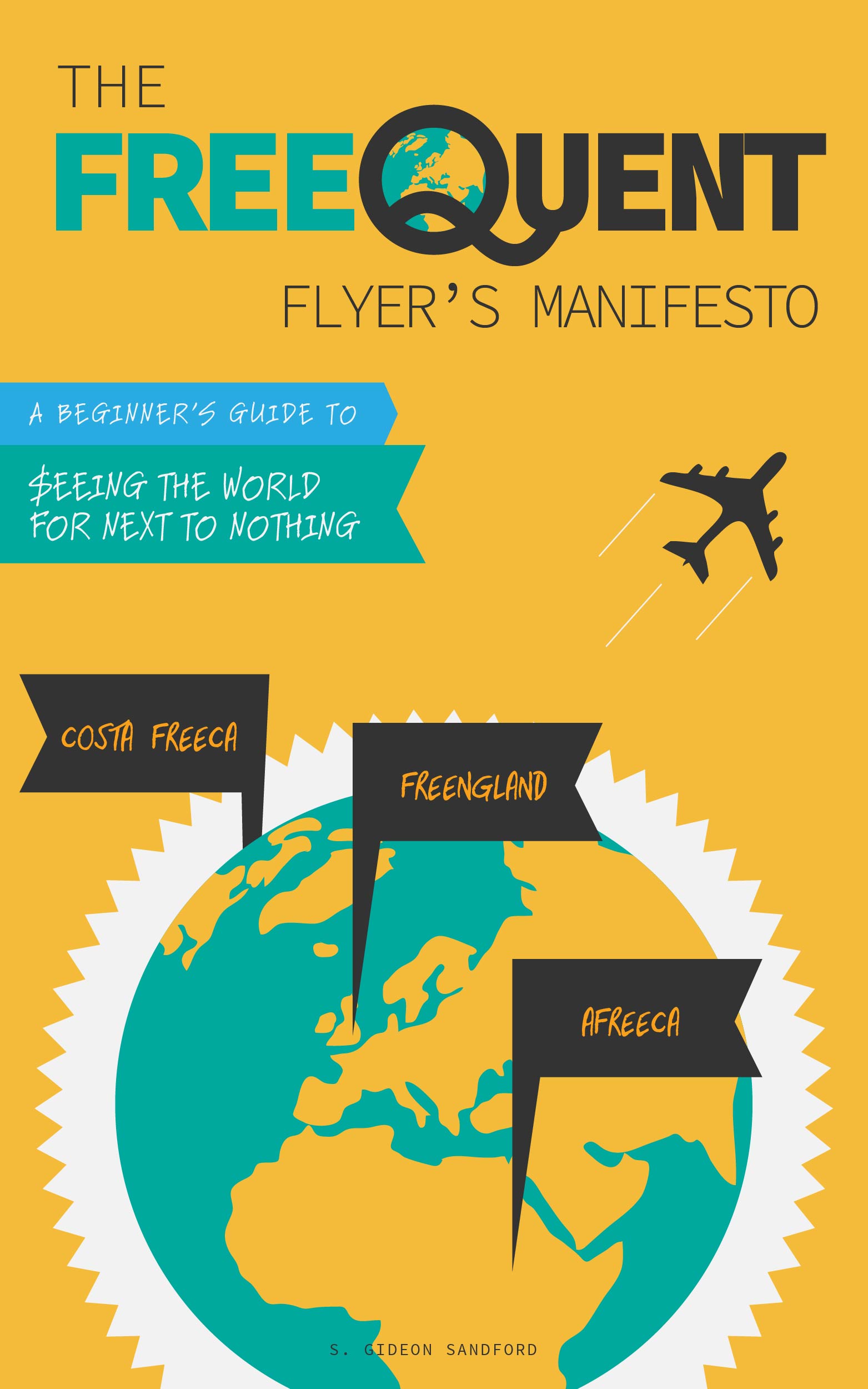Things US Bank told me about Flexperks Travel Rewards
/It's difficult to know how to frame information you receive from US Bank over the phone. For example, a US Bank representative once told me I could product change my Club Carlson Business Rewards card to a Business Edge Cash Rewards card. I couldn't.
But after someone on Twitter reached out to me with a question about some language in the Flexperks Travel Rewards terms and conditions, I decided against my better judgment to call and ask what the heck they meant.
The $120,000 cap on Flexperks Travel Rewards earning
If you visit the website of the US Bank Flexperks Travel Rewards credit card, you'll find the following description of the card's rewards structure:
"Yearly Award Level: For Net Purchases less than or equal to $120,000, earn one FlexPoint for every $1. If during the calendar year, Net Purchases exceed $120,000, all FlexPoints for the remainder of the calendar year are earned at a rate of one FlexPoint for every $2. Exemption: FlexPerks Travel Rewards Visa Signature AutoPay Cardmembers who select the full payment option on the first available payment date after their statement date."
I've mentioned before the $120,000 calendar year purchase limit on FlexPoint earning, but never noticed the "exemption" for people with AutoPay set up. So I decided to call.
My representative had no idea what he was talking about
This is pretty much par for the course when calling US Bank, so I wasn't terribly surprised. But I kept asking for clarification, so he put me on hold and talked to someone who had worked at US Bank for all of 2 years(!), and who gave him the "complete" picture.
My representative's (secondhand) information was that if you have autopay set up to pay your bill in full, then there's no limit on Flexpoint earning. If you don't have autopay set up, then you have to make your payment on the first available payment date after your statement closes.
That sounds like nonsense, and strikes me as vanishingly unlikely to be correct.
A quick aside on base points and bonus points
There's some important credit card terminology that's relevant here. Typically, a credit card will earn some number of "base" miles or points on purchases everywhere. The American Express Hilton HHonors Surpass earns 3 "base" HHonors points everywhere, the Chase Sapphire Preferred earns 1 "base" Ultimate Rewards point everywhere, etc.
Then in certain spend categories, a credit card will earn "bonus" points. The HHonors Surpass card earns 9 "bonus" HHonors points for purchases made at Hilton properties, for example, and the Sapphire Preferred earns 1 "bonus" Ultimate Rewards point at restaurants and on most travel purchases.
That's not how the Flexperks Travel Rewards terms and conditions are framed
The language I quoted above was from the second clause of the rewards structure. The third clause reads:
"FlexPerks Travel Rewards Visa cardmembers may earn additional FlexPoints for purchases at merchant locations in the following categories: airline, gas or grocery (each, a "Category"). You will earn FlexPoints at a rate of two FlexPoints for every $1 in the one Category in any given monthly billing cycle that has the highest total of Net Purchases charged to your Account (the "Highest Category")...FlexPerks Travel Rewards Visa Signature cardmembers will be awarded FlexPoints at the rate of two FlexPoints for every $1 in Net Purchases during the current month's billing cycle for any merchant location that classifies itself as having telecommunication services/products."
There is no language about "base" FlexPoints and "bonus" FlexPoints: these are simply given as the earning rates for a variety of purchases. The same is true of charitable contributions, in the fourth clause:
"FlexPerks Travel Rewards Visa Signature cardmembers will earn FlexPoints at a rate of three (3) FlexPoints per every $1 in Net Purchases during the current month's billing cycle for any merchant location that classifies itself as a Charitable and Social Service Organization."
But that is how FlexPoints are actually earned
Here's a screenshot from one of my US Bank Flexperks Travel Rewards statements:
As you can see, US Bank is actually following the usual practice of awarding "base" and "bonus" points separately on each statement.
Conclusion: I have no idea what's going on at US Bank
I've never bumped up against the $120,000 limit calendar year limit, so I don't know how it's implemented in practice. But it seems to me there are three possibilities:
- Earning is actually capped at $120,000 in total purchases, and all spend beyond that earns one FlexPoint per $2 spent, unless you set up AutoPay and pay your entire statement balance on the first available date after your statement closes. If you do, your earning is uncapped. This would be the simplest reading of the terms and conditions as written.
- The above, except bonused spend at gas stations, grocery stores, air travel, and charitable contributions is completely uncapped, whether or not you set up AutoPay. This would be another literal reading of the terms and conditions, but would conflict with the above — only one of the two can be true.
- A hybrid, based on how FlexPoints are actually awarded, whereby "base" points are earned at one FlexPoint per $2 spent above $120,000 but "bonus" point are uncapped. This would mean charitable contributions continued to earn 2.5 FlexPoints per dollar, which would still be a fairly strong choice for making Kiva loans.
Of course it's theoretically possible that the version I was told by my US Bank representative is actually correct: that if you have AutoPay set up at all, then you're not subject to any limits on FlexPoint earning. Possible, but unlikely.
So I'm turning it over to my readers who do even more Flexperks Travel Rewards volume than I do: what's your experience earning base and bonus FlexPoints once you've reached the $120,000 calendar year cap?


